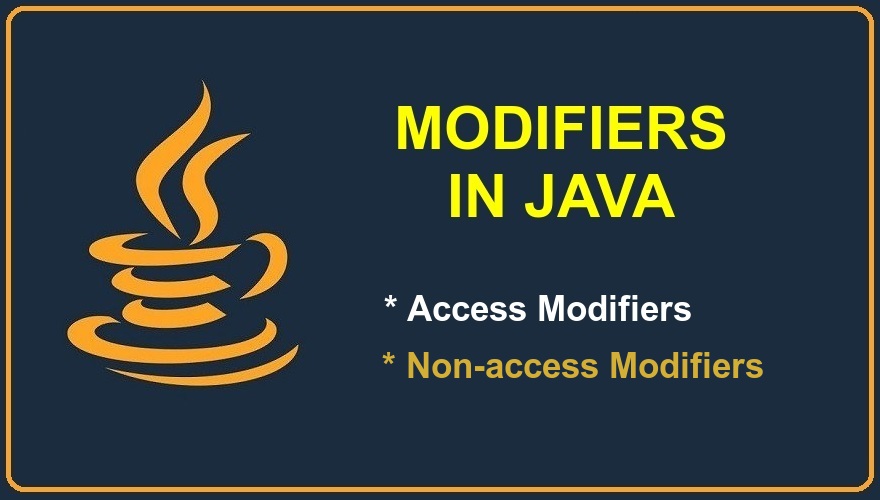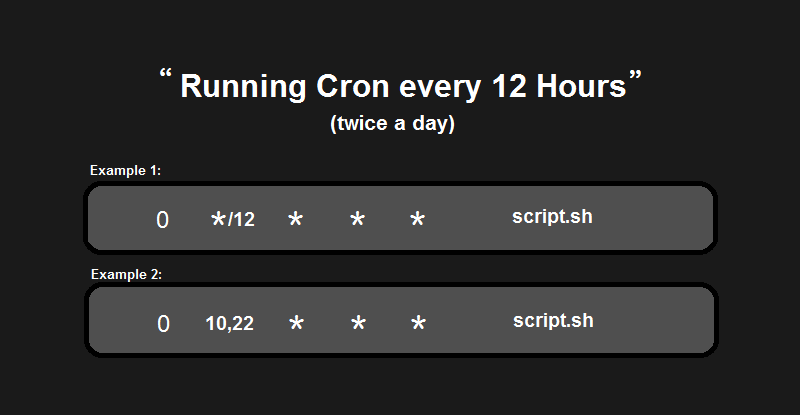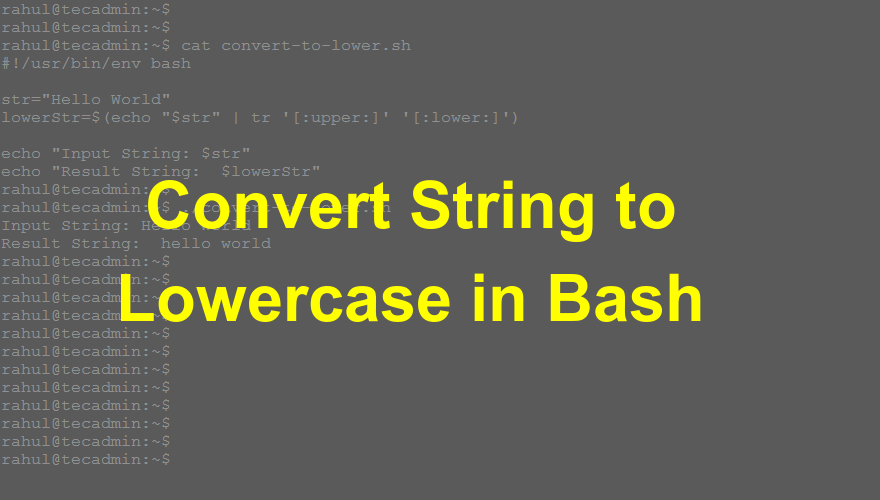An access modifier is a special kind of variable declaration that controls how and where other code can use the declared class, variable, or method. This blog will explain what access modifiers are and the three different levels of visibility for classes, methods, and variables with some practical examples. Understanding the scope of your code is essential for writing readable and maintainable programs. Access modifiers are one way to achieve this goal. They tell other users of your code how you want them to interact with specific methods or variables. If you’re new to Java programming, these concepts may seem…
Author: Rahul
Have you heard about the new and trending JavaScript library called React.js? It’s so cool that it has been extensively used by developers to create interactive User Interfaces and components in their applications. The React library is also a great choice when you want to build fast and scalable apps with a component-based approach. If you haven’t started using it yet, it’s time you start learning. In this blog post, we will show you how to set up a React development environment on your Mac computer. Read on! Pre-Requisites First, you need to make sure that you have the latest…
Bash is an acronym of Bourne-Again Shell, which is the successor of Bourne Shell distributed with most of the Linux and GNU operating systems. It comes with multiple advanced features from the previous version. The PATH is an environment variable that stores the directories path containing the executable files. How to Set PATH Variable? Whenever you need to add a new executable in the PATH variable, you can either add it to the start of another directory or at the end of other directories. The system checks for any executable under directories set in PATH from start to end. If…
In the world of programming, efficiency is key. Automation is one of the most powerful tools in a developer’s toolkit, allowing for the seamless execution of tasks without manual intervention. For Python developers, one of the most accessible and effective methods to automate scripts is through Crontab, a time-based job scheduler in Unix-like operating systems. This article provides a comprehensive guide to scheduling Python scripts using Crontab, ensuring that your tasks are executed efficiently and reliably. Step 1: Writing Your Python Script Before scheduling a task, you need a Python script. Write your Python script to perform a specific task.…
Some of the tasks are required to run twice per day. You can use */12 in hours section to schedule a job to run at 12AM and 12PM daily. Sometimes you need to run crontab at different hours or minutes. In that case, you can define the hours like 09,17 etc. For example: 0 */12 * * * script.sh The above script will run at 12 AM (00:00:00) and 12 PM (12:00:00) every day. As you can see that using */12 executes cron exactly at 12AM and 12PM. But, sometimes you may need to run crontab at different times like…
Shell scripts are handy for automating tasks like backup databases, clearing log files, etc. You need to perform some tasks when the script finishes the execution. No matter at which stage the script is finished. For example, a script that clears the log files from the system. The script first checks the size of the log file, if the log file size is lower than the specified size, the script exits. In that case, you still want to run a block of code. To do this, we can use the trap command to catch the EXIT signal and execute a…
Question: How do I convert all the characters to the lowercase of a string in the bash shell script? In Linux, the tr command is used to translate, squeeze, and/or delete characters. So with the help of the tr command, you can convert the case of any character. You can do this quickly with a single-line command. You can use the following command to convert a string to lowercase. Here the command takes the standard input of a string and processes it. echo “Input string here” | tr ‘[:upper:]’ ‘[:lower:]’ Let’s discuss with an example. Example Let’s create a sample…
I recently created a new Ubuntu 22.04 LTS Linux virtual machine. When I attempted to set up the PostgreSQL server on it, I saw a warning message like the one shown below on the screen: Warning: apt-key is deprecated. Manage keyring files in trusted.gpg.d instead (see apt-key(8)). Even after the warning message appeared, I was able to continue working. The way in which GPG keys are stored has been updated by the Debian developers, using the apt and GnuPG (GPG2) utilities, enhancing system security. You will notice this issue with Ubuntu 22.04 and Debian 11 systems. The steps below will…
A collation is a set of rules that defines how to compare and sort character strings in a database server. In this tutorial, we are discussing an error faced during database restoration on another server. Let’s see the problem and solution to the issue faced recently: The Problem: During the migration of a WordPress application, I faced the following error with the restoration of the MySQL database. The collation id may differ based on the MySQL version. Error message: Error 1273 (HY000) at line 36 Unknown collation: ‘utf8mb4_unicode_520_ci’ Here you go with a solution. The Solution: After searching for the…
We can use the trap command to catch the error signal system by the system during script execution. Then you can execute a shell command or call a function. In this way, you can execute your custom script code on an error that occurred in a bash script. This can be helpful to revert any partial changes, close database connections, or email status to the concerned persons, etc. You can use trap commands with `ERR` signals like: trap ‘on_error_function’ ERR When an error is generated in a shell script, it will execute a function named ‘on_error_function’ of your shell script.…



